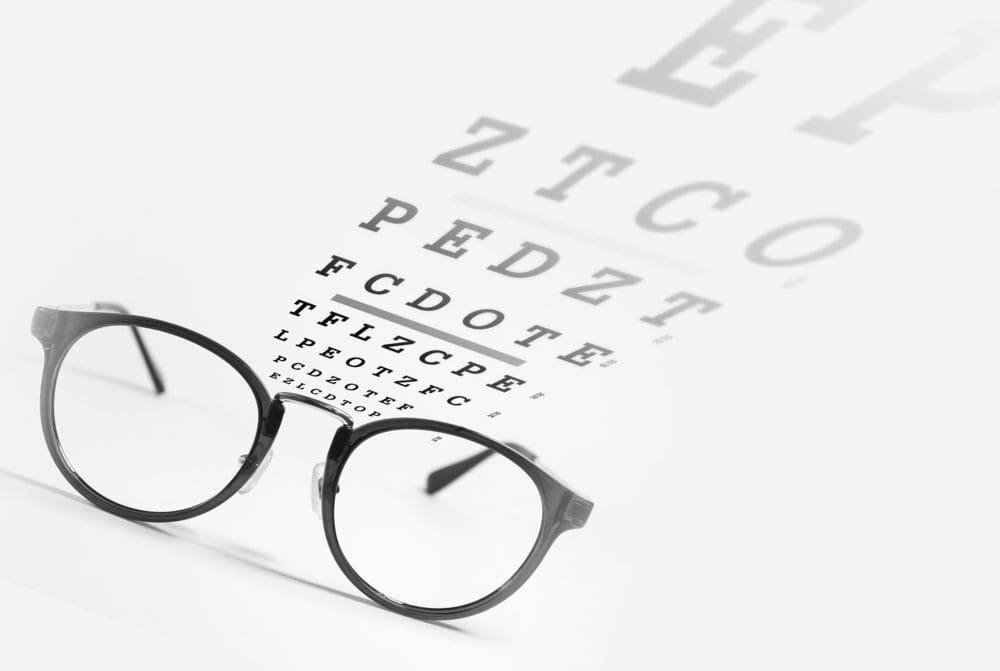Understanding, testing, and treating Contrast Sensitivity
In order to see clearly in different conditions, such as foggy or rainy days or at night, you must have a high level of contrast sensitivity in order to recognize an object not clearly defined from its surroundings.
What is the purpose of contrast sensitivity testing?
Doctors can use contrast sensitivity testing to diagnose early signs of other ocular diseases, such as cataracts, during eye examinations.
You need to pass this test in order to apply for a driver’s license, as you will be tested on your ability to observe small objects on the ground while in the air while flying an aircraft. You will also be required to take it when applying for a pilot’s license.
Even if you have 20/20 vision, you might find it difficult to drive at night due to low contrast sensitivity.
Visual Acuity versus Contrast Sensitivity
In contrast to visual acuity, contrast sensitivity refers to the ability to distinguish between objects and backgrounds at a distance. Visual acuity determines how sharp and clear your vision is from a distance.
A doctor may detect early symptoms of some eye diseases by monitoring contrast sensitivity in addition to visual acuity.
How Does Contrast Sensitivity Measure?
In contrast sensitivity testing, your eyes are measured under real-world conditions in order to determine the minimal amount of contrast required for an object to be recognized from its background.
Reduction in contrast sensitivity symptoms
You may experience the following symptoms if you have poor contrast sensitivity:
-
It is difficult to drive at night
-
Steps on a staircase are difficult to identify.
-
Reading causes eye strain
Glaucoma and other eye diseases can also cause low contrast sensitivity.
Contrast Sensitivity: What factors influence it?
Contrast sensitivity is commonly caused by eye diseases; however, there are other factors that can also influence contrast sensitivity, such as:
-
In older individuals, contrast sensitivity is reduced due to the loss of rods, which are the structures in the eye responsible for vision in dimly lit situations.
-
It is important to note that the size of the pupil has a significant impact on how much light enters the eye. A small (mitotic) pupil will decrease contrast sensitivity due to diffraction. A large (dilated) pupil will result in decreased contrast sensitivity due to spherical abbreviations.
-
Ambient lighting: An increase in ambient lighting decreases contrast sensitivity because it creates a counter effect to the background lighting.
Testing for contrast sensitivity
In addition to visual acuity testing, ophthalmologists can perform contrast sensitivity testing during eye examinations to diagnose any visual difficulties absent from visual acuity tests.
-
Test of Pella-Robinson
-
Testing of Sine-Wave Gratings
Test of the Pella-Robinson hypothesis
As you move down the chart, the letters of varying contrasts gradually fade away, measuring contract sensitivity through the use of a Pella-Robinson chart.
As you read from the top of the chart downwards, cover one eye and read until you are unable to distinguish at least two or three letters in a row. The doctors will determine your results based on how faint the letters you read were.
There is also a computerized version of the Pelli-Robinson test available for use at home without the assistance of a doctor. However, the results are generally not as accurate as the traditional test.
Test of Sine-Wave Gratings
It is appropriate for individuals who cannot read alphabetical letters, such as infants, to perform the sine-wave grating test. In addition, there are self-service vision booths. It is better suited for clinical trials than the Pelli-Robson test because it is more refined than that. Using a more subtle sine-wave chart, doctors perform the test.
Rather than having letters, the chart consists of oscillating dark and white lines known as gratings, which vary in contrast and spatial frequency. Spatial frequency refers to the number of lines or bars present per visual angle on the chart.
During the eye test, your doctor will instruct you to identify the gratings. The results will be recorded based on the contrast between the specified lines.
Analyzing Contrast Sensitivity Test Results
As a rule of thumb, contrast sensitivity scores are expressed as logarithmic amounts. Thus, if you have a normal contrast sensitivity (100 percent), you will have a score of 2.0. This means you should be able to read at least two or three less contrasted letters completely without difficulty.
The contrast sensitivity score for those who have visual impairments will be 1.5, while that of those without visual impairments will be 1.0.
Treatment of poor contrast sensitivity
Taking Brimonidine or wearing yellow-filter glasses can improve contrast sensitivity.
Glasses with yellow filters
By reducing the amount of light entering the eye, these glasses enhance contrast sensitivity, resulting in an enhanced contrast of objects, especially during foggy or misty weather.
The use of brimonidine
In addition to relieving eye pressure, brimonidine reduces pupil size, which can improve the sensitivity to contrast after eye surgery.
















